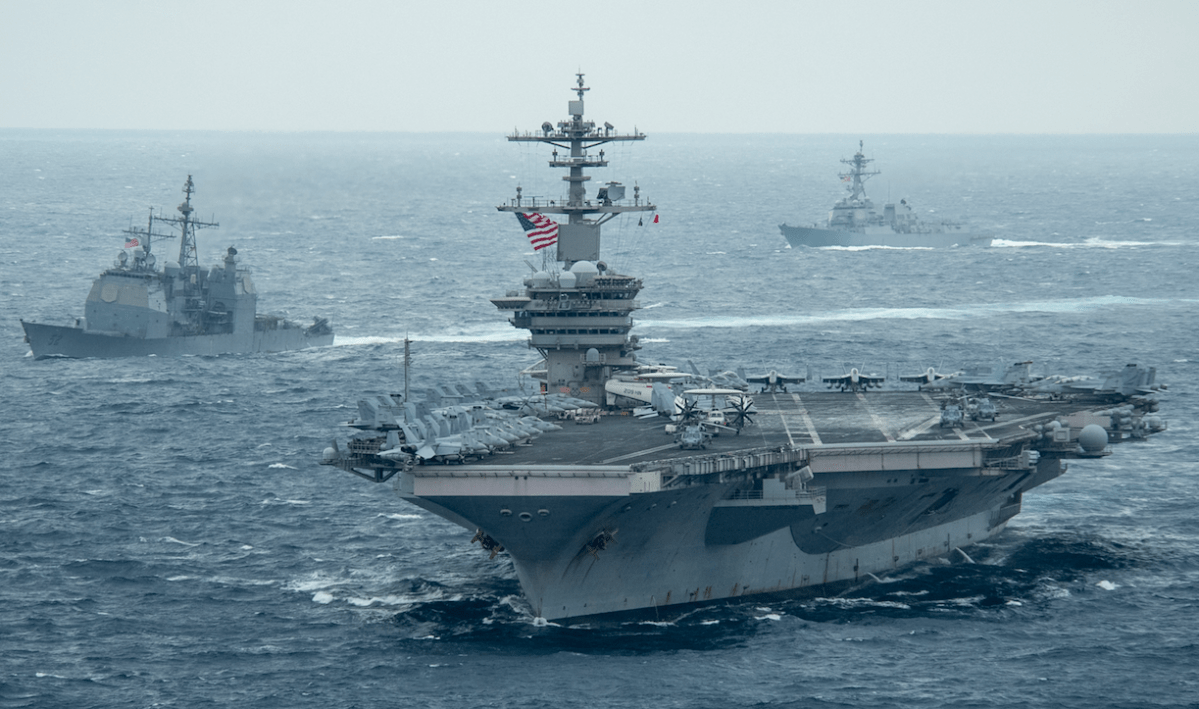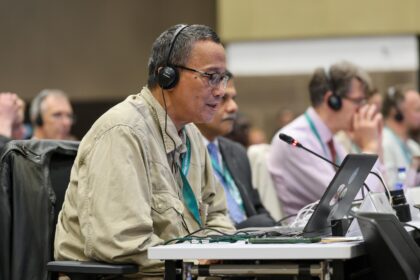As the venerable North American cowboy used to say, “Daylight is burning.â€
That’s because they got up before dawn, ate their awful chow, drank terrible coffee and then headed out on the prairie to drive the cattle to market.
They could not waste a minute of time — every moment counted, and every moment could mean life or death.
Likewise, the Pentagon is being urged to act quickly, and decisively, regarding the US-Taiwan-China theater.
According to China/Taiwan expert Stephen Bryen, a dangerous situation persists that could at any moment become the spearhead for a war against Taiwan.
Over the weekend, China sent eight nuclear-capable bombers and four fighter jets into Taiwan’s air defense identification zone (ADIZ), part of a pattern of Chinese sabre-rattling provocations that continues from last year.
In fact, a Taiwan-government report has claimed that the number of Chinese incursions into Taiwan’s air defense identification zone (ADIZ) last year was the highest since 1996, during the Taiwan Strait missile crisis.
According to the report, jets operated by the Chinese People’s Liberation Army (PLA) has reportedly flown 380 sorties into the southwest ADIZ, where the median line of the Taiwan Strait does not extend into, in 2020.
Taiwan, which considers itself a country, is seen as a renegade province by China.
Tensions have increased in recent years and Beijing has not ruled out the use of force to take the island back.
Bryen, a Center for Security Policy Senior Fellow and an Asia Times columnist, has released an emergency analysis of this urgent national security crisis unfolding in real time.
The situation is hot, and only getting hotter, Bryen warns.
“Any attack by China, limited or not, directly impacts regional stability and could result in a decoupling of the United States from East Asia, or worse,†Bryen writes.
He also contends that neither the US, Taiwan nor Japan is prepared to respond other than by improvisation.
Backing that up is an Australian study, that the US military is no longer the primary force in Asia. According to the study, missiles from China’s rapidly improving military could overwhelm its bases in hours.
The study by the United States Study Center, at the University of Sydney, in Australia, warned that America’s defense strategy in the Indo-Pacific region “is in the throes of an unprecedented crisis†and could struggle to defend its allies against China.
That means Australia, Japan and other US partners need to build up and refocus their forces in the region, and consider increased cooperation with the US, to ensure their security, the study claimed.
The report highlights areas where China’s military is making huge strides in comparison to the US and its Asian allies and partners. Chief among those is in missiles.
“China has deployed a formidable array of precision missiles and other counter-intervention systems to undercut America’s military primacy,†the report states. Those missiles number in the thousands, the report says.
Almost all US military installations in the Western Pacific, as well as those of its key partners and allies, “could be rendered useless by precision strikes in the opening hours of a conflict,†according to the report.
Bryen notes that the Trump administration succeeded in finally opening US military and diplomatic eyes to the urgency of the threat from China and warns against shutting them again:
“Now the new Biden administration has a decision to make: Biden can continue the Trump policy and enhance it or revert to the older Obama policy of squeezing Taiwan. The Chinese clampdown on pro-democracy interests in Hong Kong has the made the Taiwanese people afraid that they will meet the same fate.â€
To address these growing threats to Taiwan from China, Breyen makes these urgent policy recommendations for the Biden administration:
- The US Department of Defense Must establish a Joint Military Command for the Defense of Japan and Taiwan with a mandate to organize a fully coordinated capability to respond to Chinese invasion threats.
- Improvements in air defenses, aircraft and standoff weapons to assure the survivability of Taiwan’s air bases and US and Japanese airbases and to retain a strong capability to stop any Chinese aggression.
The Trump administration approved arms sales to Taiwan worth around $1.8bn in October, in a move that inflamed tensions with China.
At the time, the Pentagon said the deal comprised three weapons systems, including rocket launchers, sensors and artillery.
Then US national security adviser Robert O’Brien said that while he did not believe China was ready to invade Taiwan, the island needed to “fortify itself†for the future.
Taiwan’s defence ministry said the weapons would help it “build credible combat capabilities and strengthen the development of asymmetric warfare.â€
To read the full report, “Stopping China from Invading Taiwan,†click here.
With files from: CNN, BBC, US Department of Defense














